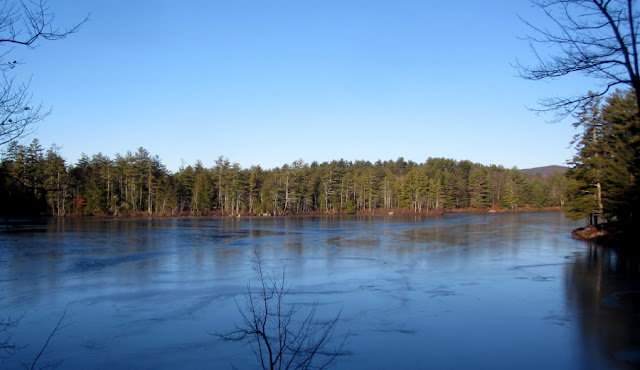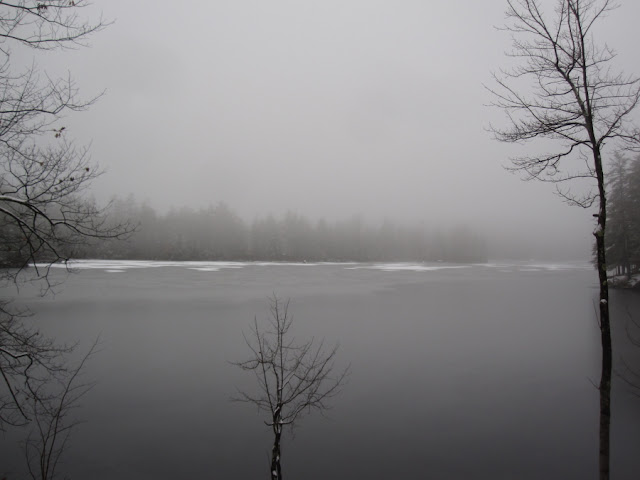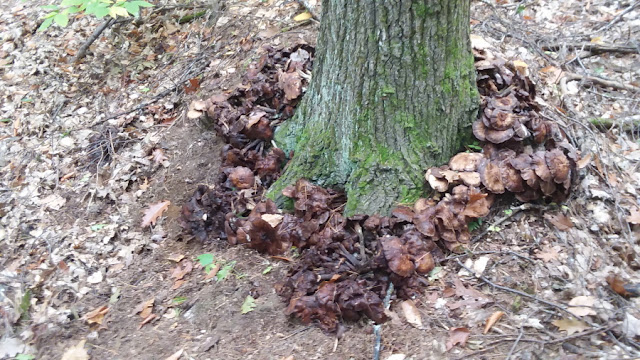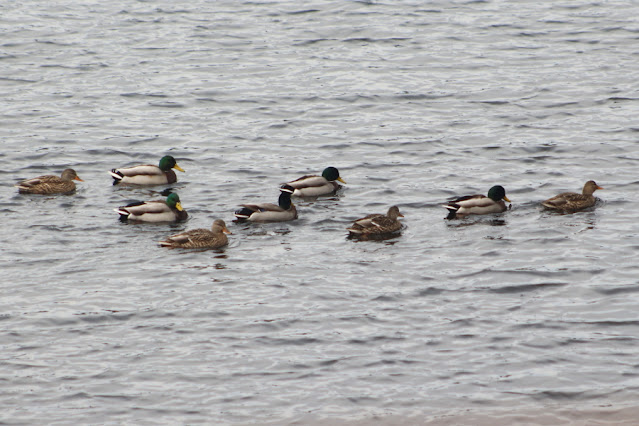Merry Christmas!
Posting earlier than usual in order to send Christmas greetings to all!
We have now passed the winter solstice and thus, spring is on the way! Well, that may be a bit of optimistic thinking, but at least the days are now getting longer. This year the solstice found me once again at the top of Red Hill in Moultonborough, one of my favorite quick hikes with a great view, though I will warn you if you head in that direction, access to the fire tower is closed for the winter. But you can still enjoy that bright blue New Hampshire winter sky.
 |
| The Red Hill fire tower on a blue sky day. |
There is no view to the north without climbing the tower, and with the sun at the lowest rise the sky - not even 23 degrees above the horizon at high noon on the solstice - there is a lot of glare looking south even on a clear day.
 |
| This was taken at noon, just an hour after the solstice. |
On December 18th, three days before the solstice, the December full moon arrived; I was able to catch it just 32 hours later during a beautiful pink sunrise on December 20th.
 |
 |
The December moon is called the Cold Moon according to the Old Farmer's Almanac, though the native peoples of North America, whom lived here for at least 12,000 years before Europeans arrived, had first given it other names according to their heritage.
------------
The snow that fell last weekend was enough to allow for some great winter activities through mid-winter scenes. I took a ski over at Page Pond in Meredith on the multi-use trail and around the fields at Barnard Ridge Road.
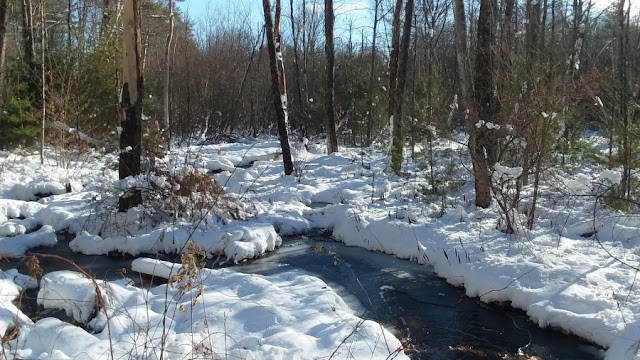 |
| Crossing Bickford Brook on the multi-use trail. |
Unfortunately we later had a little sleet and mixed precipitation which put a slushy, icy end to the skiing, but when the sun came out afterwards there were some pretty sights to be had.
 |
| Sun glistens through the ice coating the trees. |
The slush didn't stop the animals from going out - the trails and the lake are covered with frozen otter and fox tracks.
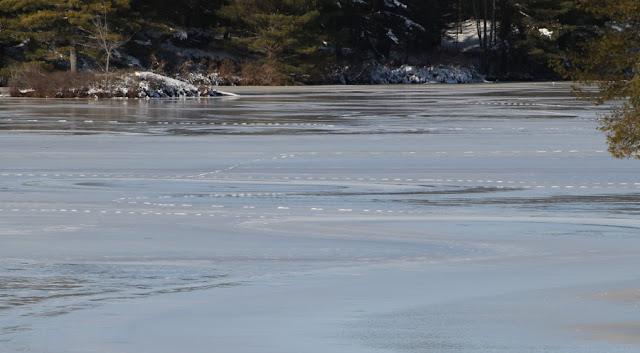 |
| Animal tracks wind all over the lake. |
But now, skiing and snowshoeing are back on the agenda!
As the days get imperceptibly long over the coming days, the moon will head in other direction. By the morning of the equinox it was already showing a shaded edge.
Advice from the Moon:
Live life to the fullest
Be someone to look up to
Don't be phased by difficulties
Take time to reflect
Light up the night!
Merry Christmas and Happy New Year!





















